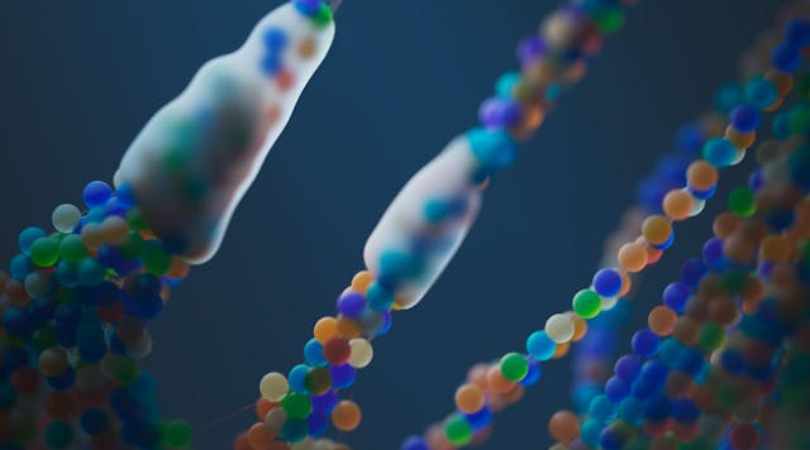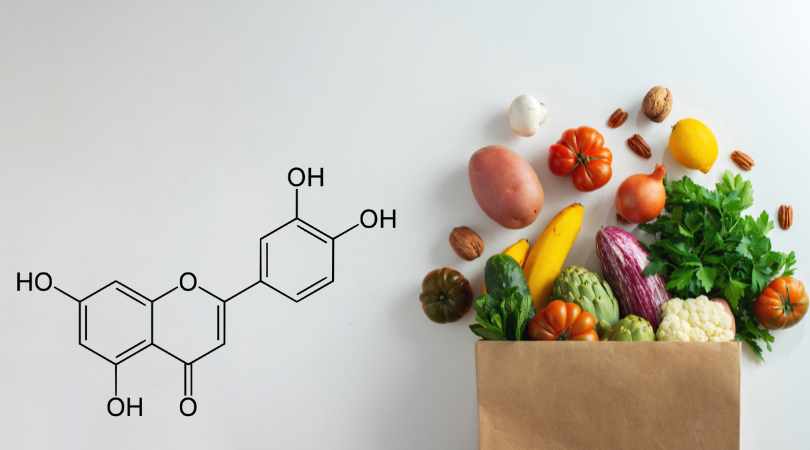Scientists have successfully restored the lost uricase enzyme, a key breakthrough in combating fructose-induced fat formation. This discovery offers new hope for preventing obesity and metabolic disorders by targeting how the body processes sugar and stores fat.
Limited Quantities Available! Order Today and Enjoy Free Shipping on Orders Over $100!
Fructose & Fatty Liver: The Silent Epidemic in Healthy-Looking People

When you hear "fatty liver," you might picture someone who’s visibly overweight or struggling with alcohol addiction. But there’s a silent epidemic hiding in plain sight: non-alcoholic fatty liver disease (NAFLD) in people who appear perfectly healthy.
You don’t need to be obese. You don’t even need to eat junk food every day. The surprising culprit? Fructose — a form of sugar that’s quietly overwhelming the liver and driving fat storage from the inside out.
What Causes Fatty Liver?

Your liver is responsible for processing nutrients and detoxifying harmful substances. But it’s also the body’s primary site for fructose metabolism — and that’s where things go wrong.
Fructose doesn’t enter the bloodstream the same way glucose does. Instead, it gets funneled straight to the liver, where it’s rapidly converted into fat through a process called de novo lipogenesis. This flood of fat can:
- Accumulate in liver cells
- Trigger inflammation
- Interfere with insulin signaling
- Lead to scarring (fibrosis) or even cirrhosis over time
Even small amounts of daily fructose — especially from sweetened drinks, processed foods, high-glycemic carbs, and alcohol — can keep the liver in a constant state of metabolic stress.
Studies in rodent models have shown just how specific and potent these effects are. Mice fed high-fructose diets develop fatty liver even without excess calories or weight gain, confirming that fructose alone is enough to drive fat accumulation in the liver. In fact, these models have been instrumental in uncovering how fructose activates fructokinase, bypasses normal metabolic regulation, and initiates liver fat production at the cellular level.
Why It Hits Lean People, Too
Unlike glucose, which is used throughout the body, fructose metabolism is highly localized in the liver. This means that even in people who appear healthy on the outside, the liver can be under heavy metabolic load — leading to so-called "lean NAFLD."
This condition is increasingly recognized in:
- People with normal weight but poor diet quality
- Fitness enthusiasts who rely on high-sugar sports drinks or cheat meals
- Social drinkers whose livers are already stressed by alcohol
Fatty liver doesn’t always show symptoms at first. But it can quietly impair metabolism, lower energy levels, and increase the risk of chronic diseases like type 2 diabetes and cardiovascular disease.
How to Reverse It Naturally

The good news? Fatty liver is highly reversible, especially in its early stages. Here’s how to start healing:
1. Remove the Fructose Burden
Cutting back on sugar, sweetened beverages, and ultra-processed foods is essential. But it’s also important to understand that even starchy foods and alcohol can promote endogenous fructose production.
2. Support Liver Recovery with Targeted Nutrients
Certain natural compounds may support the liver's resilience and recovery:
- Luteolin: Shown in preclinical research to inhibit fructokinase, reducing the liver's fat-producing response to sugar.
- Tart Cherry Extract: Helps lower uric acid and inflammation — both key drivers of liver stress.
- Choline-rich foods (like eggs): Support fat export from the liver.
- Omega-3s: Help reduce liver fat and improve insulin sensitivity.
3. Embrace Daily Movement and Fasting Windows
Regular movement helps the liver burn fat more effectively. Time-restricted eating may also reduce liver fat by giving the organ time to recover between meals.
Check Out - Xylitol: The Best Sugar Substitute in Fructose Management
The Bottom Line
Fatty liver is no longer just a disease of excess. It’s a disease of imbalance — especially in how the body handles fructose.
If you want to protect your liver, restore your energy, and prevent future disease, the solution isn’t just cutting calories — it’s understanding and addressing fructose metabolism directly.
That’s why we developed SugarShield — a formula inspired by emerging science on fructose metabolism, designed to support your body’s natural resilience.
Disclaimer: The information in this blog reflects personal opinions, experiences, and emerging research. It is not intended as medical or professional advice and should not replace consultation with qualified professionals. The accuracy of this content is not guaranteed. Always seek guidance from a licensed expert before making any health-related decisions.


Chris | 🔬 Founder of LIV3 Health
⚡ A keen researcher dedicated to uncovering the root causes of metabolic dysfunction, the key driver of chronic conditions behind 70% of global deaths. His findings led to science-backed, natural solutions designed to inhibit fructose metabolism.
📢 Follow me on Reddit for insights on metabolic health and the future of wellness! -






